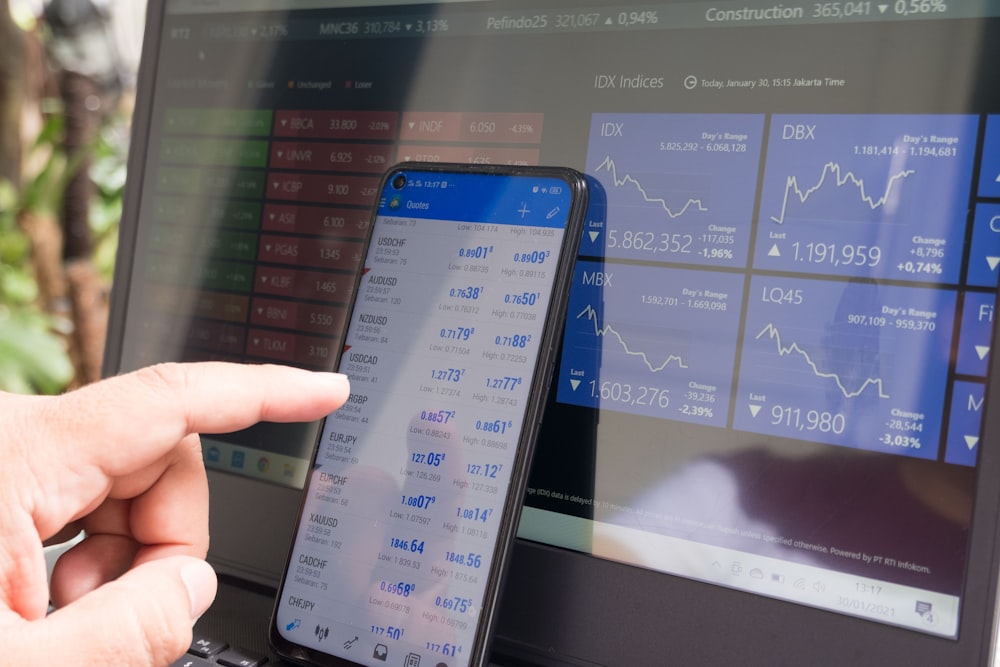

Vale SA (NYSE: VALE), the world’s largest iron ore producer, reported its Q2 earnings for 2024 earlier today, presenting a mixed financial picture but reaffirming its production outlook for the year.Despite falling short of revenue expectations with $9.92 billion in revenues, a 2.6% year-over-year increase that missed estimates by $560 million, the company surpassed earnings expectations.The GAAP earnings per share stood at $0.65, exceeding forecasts by $0.08.
Iron ore and operational highlights
The quarter witnessed a notable increase in iron ore shipments, rising by 5.4 million tons year-over-year (7%) and 16 million tons quarter-over-quarter (25%).This boost is attributed to record production levels not seen since 2018 and strategic inventory sales.The robust performance in iron ore was underpinned by high operational efficiency, particularly at the S11D mine, which continues to perform strongly.
Strategic Developments and Cost Management
Vale’s focus on strategic growth and cost efficiency is evident in its operational updates. The company has been advancing key projects like Vargem Grande and Capanema, expected to add 30 million tons of capacity in the upcoming year.These developments are part of Vale’s broader strategy to position itself as a preferred supplier of low-carbon steel.Furthermore, the company has maintained its cost guidance for 2024, with C1 costs expected to range between $21.5 to $23.0 per ton, thanks to the ramp-up in lower-cost volume production in the Northern System.
Vale’s financial strength and capital allocation
Vale reported a pro forma EBITDA of $4.0 billion and managed capital expenditures of $1.3 billion during the quarter, aligning with the year’s guidance of approximately $6.5 billion.The company’s gross debt, including leases, stood at $15.1 billion as of June 30, 2024, marking a slight increase from the previous quarter.This disciplined approach to capital management is also reflected in Vale’s commitment to shareholder returns, with an annual dividend yield of almost 5%.
Market position & valuation
Vale’s strategic partnerships, such as the recent joint venture with Manara Minerals, have strengthened its market position.This collaboration, alongside the operational resumption at key mines like Sossego, Onça Puma, and Salobo, underscores Vale’s commitment to its energy transition metals segment.The appointment of Shaun Usmar as the new CEO of the copper and nickel business recently is expected to further solidify Vale’s leadership in this area.Despite operational successes and strategic advancements, Vale’s stock valuation appears conservative.The company’s trading multiples suggest a discount compared to historical averages, with the current EV/EBITDA multiple at 3.51x, significantly below the three-year average of 4.2x.
Legal considerations & impact of interest rates
Vale continues to navigate through its legal and environmental challenges, particularly concerning past dam failures.Recent agreements, like the joint compensation strategy with BHP over the Samarco dam collapse, aim to mitigate future liabilities and stabilize the company’s operational landscape.External economic factors, such as potential rate cuts by the Federal Reserve, could influence Vale’s performance.A decrease in interest rates might spur higher inflation and boost demand for industrial metals, potentially benefiting Vale.However, this scenario remains speculative and depends on broader economic trends, including consumer spending and global manufacturing activity.As we delve into the details of Vale’s Q2 performance and strategic positioning, it’s clear that the company is navigating a complex landscape with a robust operational backbone and a clear vision for growth.These fundamentals set the stage for analyzing how these dynamics translate into the stock’s valuation and market positioning.Now, let’s transition to examining what the charts have to say about Vale’s price trajectory.
Low-risk entry for bulls
Vale’s stock has lost more than half of its value since making a high above $23 in June 2021. This year the stock has so far lost 30% year to date.  VALE chart by TradingView Although the stock continues to display weakness on the long-term and short-term charts, it is trading very close to its 2020 support levels near $10.30. Hence investors who have a bullish outlook have a low-risk entry at their hand currently.They can buy the stock with a stop loss at $10.28. If the momentum shifts upwards, the stock can trade above $13 in the coming months.Short-term traders who are bearish on the stock, must not initiate a fresh short position at current levels as the stock has already fallen considerably this year.They should initiate shorts only if the stock bounces back or starts trading below $10.30.More By This Author:ADA Jumps Over 4% As Cardano Network Moves Closer To Chang Hardfork
VALE chart by TradingView Although the stock continues to display weakness on the long-term and short-term charts, it is trading very close to its 2020 support levels near $10.30. Hence investors who have a bullish outlook have a low-risk entry at their hand currently.They can buy the stock with a stop loss at $10.28. If the momentum shifts upwards, the stock can trade above $13 in the coming months.Short-term traders who are bearish on the stock, must not initiate a fresh short position at current levels as the stock has already fallen considerably this year.They should initiate shorts only if the stock bounces back or starts trading below $10.30.More By This Author:ADA Jumps Over 4% As Cardano Network Moves Closer To Chang Hardfork
Wall Street’s Mixed Reactions To IBM’s Q2 Results: Keep Holding Or Cash Out?
Is A Cardano ETF Next After Ethereum ETF’s Strong Start?
















